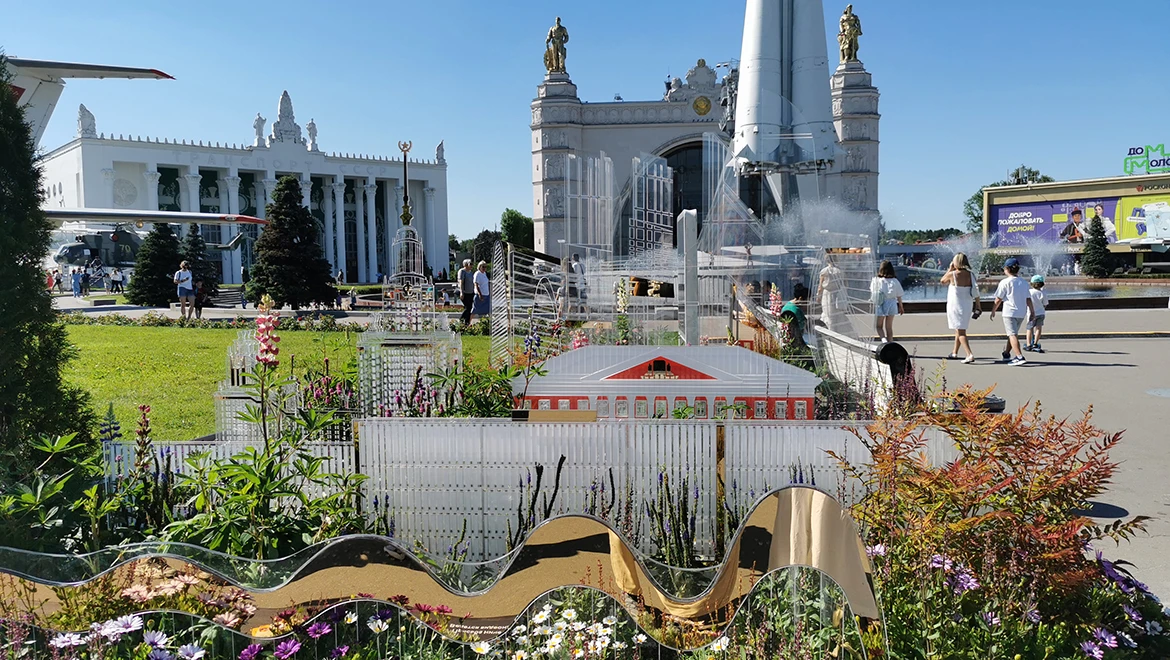Schisandra. Amur region
Chinese magnolia vine or five-flavor berry (lat. Schisándra
chinénsis) is a species of flowering plants of the genus Schisandra in the
family Schisandraceae. It is a unique plant of the Far East, a woody deciduous
creeping liana 10-15 m long and up to 1.5-2 cm in diameter, in northern areas — up to 2-4 m long, spirally winding supports clockwise.
Europeans
learned about Chinese magnolia vine in the early XIX century, about the same
time Russian scientists became interested in it. In 1895, botanist and
connoisseur of Far Eastern plants Vladimir Komarov published the stories of
hunters that, going to the taiga for a long time, they do not take large stocks
of food, and instead restore their strength with dried Schisandra berries.
Thanks to this, they can chase sables for days without food and rest, keeping
vigor of mind and sharpness of eye. Fishermen, leaving for a voyage, stocked up
on the juice of the fruit of this liana, as it relieves seasickness.
Later, medicines made from Chinese magnolia vine were used during the Great Patriotic War — they were used to rehabilitate the wounded and given to pilots during night sorties. Schisandra was collected in the coniferous-broad-leaved forests of the Far East. To this day its thickets can be found in the Primorye region, Khabarovsk region, Amur region, Sakhalin and the Kuril Islands.
Chinese
magnolia vine is a valuable medicinal, essential oil, food and ornamental
plant. In folk medicine it has been known since antiquity, and now it
has been introduced into scientific medicine. The plant has tonic, refreshing,
stimulating properties. Indispensable during strenuous mental work, which
requires concentration, attention, integrity of perception.
Lianas are
used for landscaping arbors, covering stone walls, lattice hedges, balconies,
trellises, thinned hedges, for group plantings on the edges of parks. Five-flavor
berry successfully grows on rubbly stony places (in the presence of fertile and
sufficiently moist soil between the stones), so it is suitable for covering ("masking")
cliffs, wastelands, quarries, ruins, bare banks of water bodies.
In Chinese
medicine, Schisandra takes the second place after ginseng in importance and in
the olden days it was included in the lists of taxes paid to the emperor.
In the
gardens of Amur residents, Schisandra is grown everywhere, but its collection
in the wild is prohibited — Chinese magnolia vine is included in the Red Book
of the Amur region.
Along with the RUSSIA EXPO, the flower festival is also coming to an end.
The "Future in Flowers" festival continues at the RUSSIA EXPO, where unique flowerbeds from all regions of our country can be seen at the "Space" pavilion until July 8.
The RUSSIA EXPO concludes on July 8, and with it, the flower festival will also come to an end.





